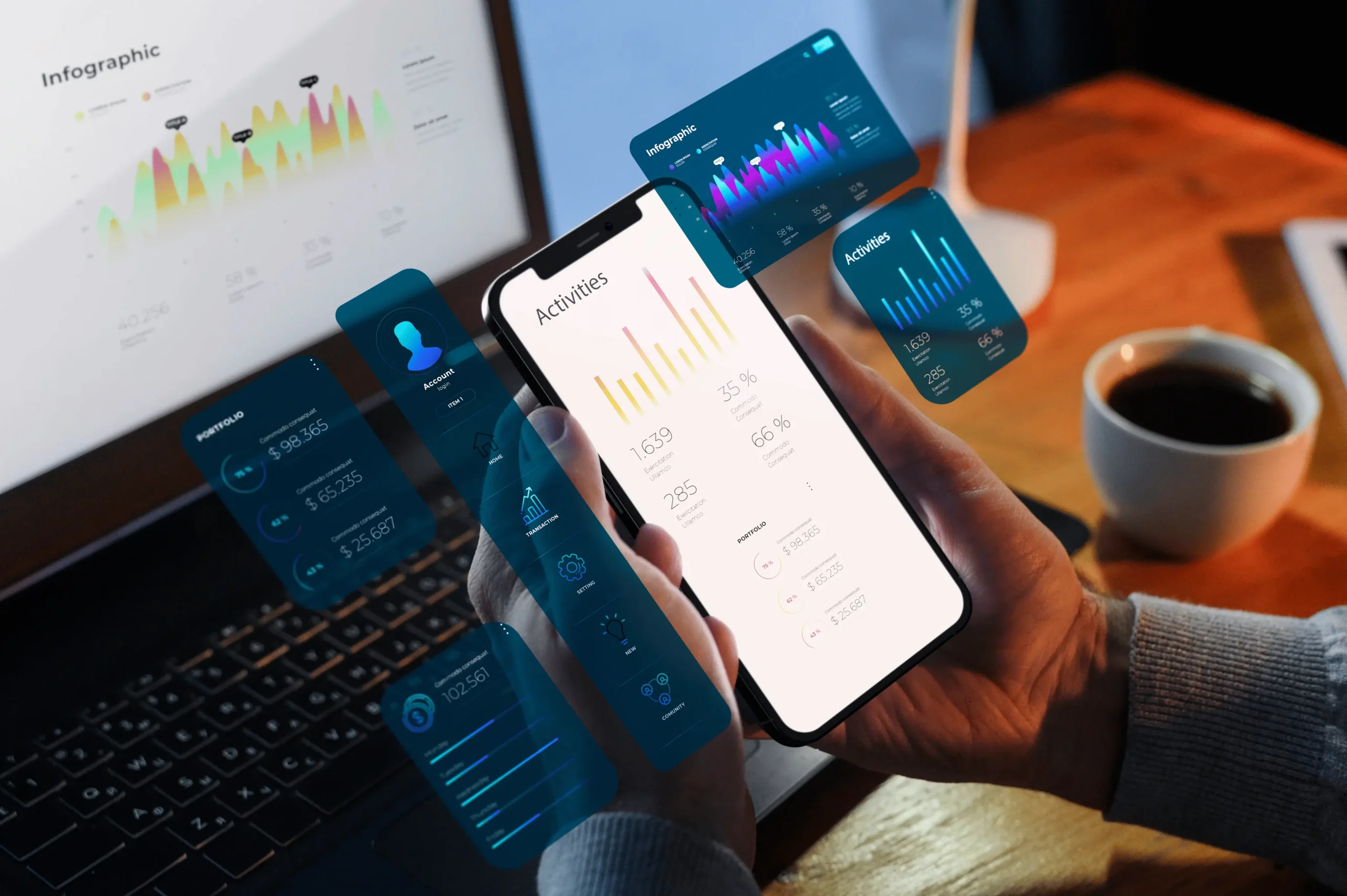
DevOps Best Practices
Implementing DevOps Best Practices in Software Outsourcing Projects
Learn how DevOps improves efficiency, collaboration, and security in outsourced software projects with best practices for CI/CD, automation, and security. Companies that implement DevOps practices experience a 60% faster time-to-market and a 30% reduction in deployment failures. Discover key tools and strategies for seamless DevOps integration in outsourcing.
Popular Posts
The Future of Big Data: Trends and Technologies to Watch in 2025
March 13, 2025, by Yurii PloskyiSmart Agriculture: How Java & Node.js Are Revolutionizing IoT Solutions
March 13, 2025, by Yurii PloskyiMVP in Software Development: Everything You Need To Know
March 11, 2025, by Polina KostiukTop 10 Benefits of Outsourcing Software Development in 2025
March 11, 2025, by Yurii PloskyiAI Integration in Fintech: Transforming Financial Services in 2025
March 11, 2025, by Yurii Ploskyi
MVP in Software Development: Everything You Need To Know
Delivering a product that meets customer needs while being cost-effective and timely is a significant challenge. This is where the concept of a Minimum Viable Product (MVP) comes into play. An MVP is a powerful approach that allows companies to validate their ideas, minimize risks, and ensure that they are building a product that users actually want.

Top 10 Benefits of Outsourcing Software Development
Top 10 Benefits of Outsourcing Software Development in 2025
In a world where technology evolves at lightning speed, businesses are constantly searching for ways to stay competitive without overspending. Outsourcing software development has become the perfect solution. In 2025, its benefits are even more impressive. Here are the top 10 reasons to choose outsourcing this year.

AI Integrations
AI Integration in Fintech: Transforming Financial Services in 2025
Discover how AI is transforming fintech in 2025, with fraud prevention reducing losses by 50%, personalized financial services enhancing user engagement, and predictive analytics improving investment accuracy by 40%. Learn how to integrate AI into fintech applications securely and efficiently.

Data Security in Healthcare
Ensuring Data Security in Healthcare Software Development: Best Practices & Compliance
Learn key strategies to secure healthcare software, ensure HIPAA compliance, and protect patient data with advanced encryption, access controls, and secure development practices. With cyberattacks on healthcare increasing by 30% in the last year, now is the time to act.
Leveraging Java and Node.js
Leveraging Java and Node.js for Scalable Fintech Applications
Explore how Java and Node.js can be utilized to build secure and scalable solutions in the fintech industry

How TypeScript Enhances Big Data Applications?
How TypeScript Enhances Big Data Applications: Scalability, Maintainability & Performance
Learn how TypeScript enhances big data application development by improving scalability, maintainability, and performance with strong typing and developer-friendly tools. Recent reports (January 2025) indicate that approximately 85% of Node.js developers now prefer TypeScript for enterprise applications, citing benefits such as improved code quality and maintainability.

Which Framework is Best for Mobile App?
React Native vs. Kotlin in 2025: Which Framework is Best for Your Mobile App?
Compare React Native and Kotlin for cross-platform mobile development in 2025. According to recent industry reports, React Native powers 42% of cross-platform apps, while Kotlin Multiplatform adoption has grown by 30% among enterprise developers. Learn which framework offers better performance, scalability, and flexibility for modern mobile apps.

Right Framework for Healthcare Project
React vs. Vue: Choosing the Right Framework for Your Healthcare Project

The Manifest crowns dotcode as one of the Most-Reviewed Software Developers
dotcode received one more award in it's collection, as I result of providing high-quality Custom Software Development services for years.

10 Steps How To Choose The Right Software Outsourcing Team For Your Project Success
In today's fast-paced tech landscape, startups, entrepreneurs, and tech professionals are increasingly turning to software outsourcing as a means to accelerate growth, reduce cost, and tap into global talent.

Top AI Integrations for Edtech Development in 2024
AI is no longer a futuristic concept but a tangible reality in the classroom and beyond.

dotcode Recognized by GoodFirms as the Best Company to Work With
We are proud to be among the best in the world.
